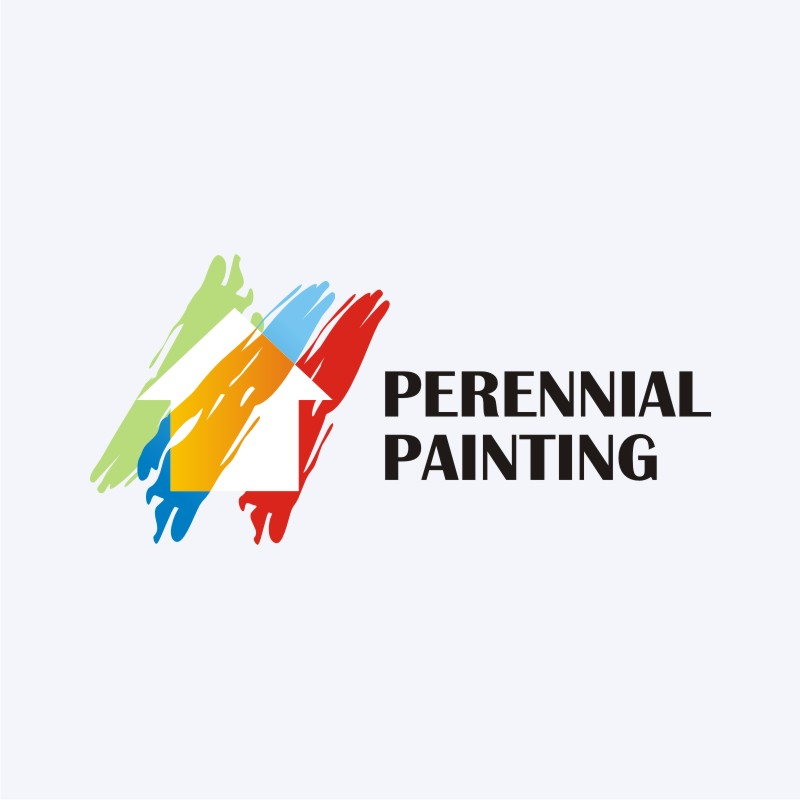Furnish Your Wall Surfaces For Painting Making Use Of Necessary Pointers And Strategies That Assure A Pristine Coating-- Uncover The Primary Steps To Improve Your Project
Furnish Your Wall Surfaces For Painting Making Use Of Necessary Pointers And Strategies That Assure A Pristine Coating-- Uncover The Primary Steps To Improve Your Project
Blog Article
Composed By-Hickey Gustavsen
When you're prepping your walls for painting, it's essential to comply with a systematic procedure to ensure a remarkable finish. Begin by checking out the wall for any kind of damages; this action can make or break your project. Once you've recognized any kind of concerns, cleaning up the surface effectively is important, as a dirty wall surface can influence paint adhesion. Afterwards, you'll require to spot any flaws and apply a guide. Yet there specify strategies and suggestions that can raise your preparation game-- let's check out those further to attain the best results.
Assessing Wall Surface Problem
Before you grab your paintbrush, take a moment to examine your walls' condition. Look for any kind of visible damage like cracks, openings, or peeling paint. These imperfections can affect just how the paint adheres and looks when it's completely dry. If you discover any type of considerable damage, you'll need to prioritize fixings prior to diving into paint.
Look very closely at the structure of your wall surfaces. Is the surface smooth, or exists texture that might call for special factor to consider? Smooth wall surfaces normally require less preparation, while textured surfaces might need more time to paint equally.
Additionally, take into consideration the previous paint task. If the old paint is glossy, it mightn't permit brand-new paint to stick effectively. You'll need to know if your wall surfaces have been painted with oil-based or water-based paint, as this can influence your option of guide or paint.
Lastly, keep in mind of any type of moisture problems. If you see indications of water damages or mold, address these problems promptly to avoid additional issues.
Cleaning up the Surface area
When you've assessed the condition of your walls, the next action is cleaning up the surface area. Beginning by gathering your products: a bucket, cozy water, a mild cleaning agent, a sponge or cloth, and a scrub brush for tougher areas.
Begin at the top corner of the wall and function your way down. Mix the detergent with cozy water in your bucket, after that dip the sponge or cloth into the service. Wring https://www.realsimple.com/home-organizing/home-improvement/painting/exterior-paint-colors-rule out to stay clear of excessive wetness on the walls.
As you clean, pay attention to locations that might've collected dust, oil, or fingerprints. For stubborn spots, make use of the scrub brush delicately to prevent damaging the paint underneath. Wash your sponge or cloth frequently in tidy water to stop spreading out dust around.
After cleaning, it's essential to wipe the walls with a damp towel to eliminate any kind of soap deposit. This step makes sure a smooth surface for the brand-new paint to follow.
Permit the wall surfaces to completely dry completely before going on to the following prep work steps. This detailed cleaning procedure will assist produce a fresh canvas for your painting project, ensuring the best outcomes.
Patching and Priming
Patching and priming are critical steps in preparing your walls for a fresh layer of paint. First, check your wall surfaces for any holes, fractures, or blemishes. Make use of a premium spackling substance or patching paste to load these locations.
Apply the compound with a putty blade, smoothing it out so it's flush with the bordering surface area. Enable it to completely dry totally, and then sand it lightly until it's smooth and also.
Once you've covered everything, it's time to prime. Guide helps seal the covered locations, guaranteeing the paint adheres effectively and gives an uniform surface. Select a primer suitable for your wall type and the paint you'll be utilizing.
Use the guide making use of a roller for larger locations and a brush for edges and edges. If your patched locations are significantly large or permeable, you might want to use a second layer of primer after the very first one dries out.
After priming, let everything completely dry thoroughly before moving on to paint. impression will not only improve the look of your wall surfaces but likewise prolong the life of your paint job.
Take your time, and you'll be pleased with the results.
Final thought
By following these straightforward actions, you can attain a smooth and expert finish on your wall surfaces. Start by assessing their problem, then clean and spot any kind of blemishes before using guide. Remember to allow adequate drying out time and ensure everything is smooth before you study painting. With the right preparation, you'll establish the stage for a beautiful improvement in your space. Currently, collect your products, breathe in the fresh air, and prepare yourself to paint!
